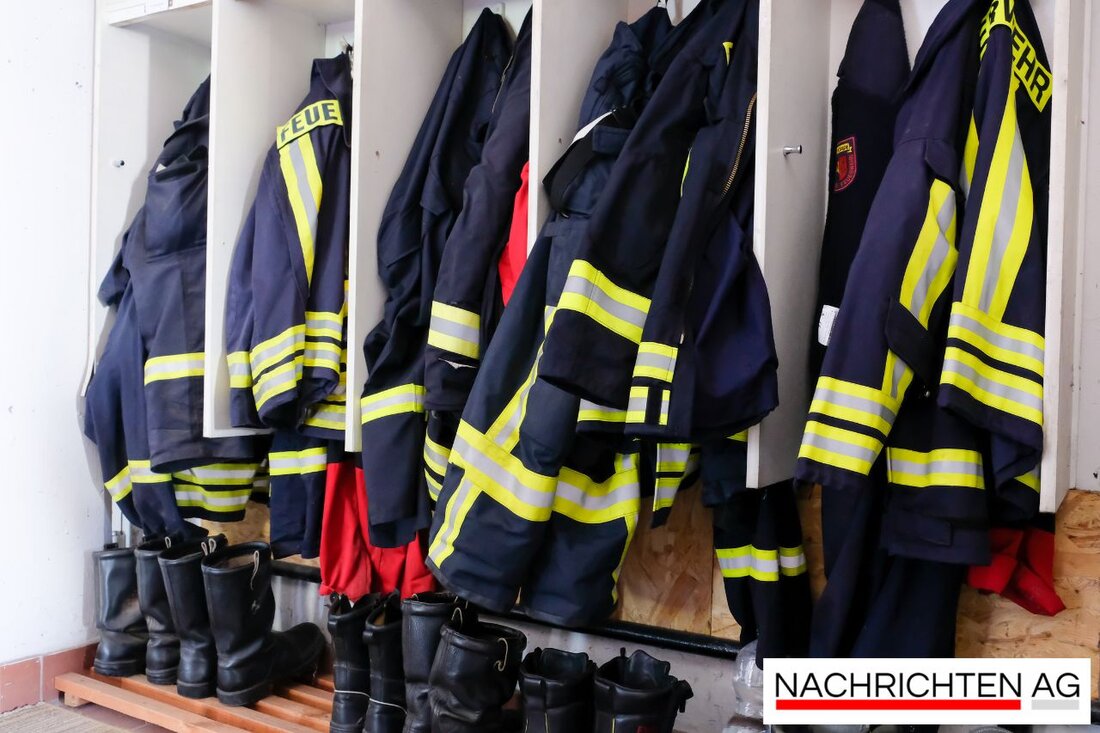The path of destruction: dozens of trees lame the S-Bahn in Berlin!

The path of destruction: dozens of trees lame the S-Bahn in Berlin!
Berlin, Deutschland - On July 4, 2025, you can look back on an unusually turbulent time in Berlin. The storms, which swept across the capital on June 23 and 26, caused great damage and countless fallen trees, which significantly impaired S-Bahn traffic as a result. As the S-Bahn Berlin explains in a current report, numerous train tracks were affected, which made temporary stopping traffic necessary in order to avoid security risks and prevent trains from coming to a stand on the freely route.
Fortunately, despite the massive challenges, there were no injuries to complain about. The emergency services worked tirelessly to clear the tracks. Especially between Waidmannslust and Tegel, 37 trees had to be removed from the track area alone on June 26. In total, almost 30 vehicles had to be examined in workshops and partially repaired after they had driven against the stranded tree remains. S-Bahn Berlin reports that S-Bahn traffic was gradually resumed after the routes were thoroughly discussed and tidied up.flood situation in Celle
The influence of climate change
Such extreme weather events are no longer an isolated case. According to experts from the German Weather Service, the topic is reinforced by climate change. In an interview, Tobias Fuchs and Dr. Peter Jakubowski that strong button is a serious challenge for population protection and urban planning. In recent years, an increase and intensification of these events has been observed. A project called "Classification of Meteorological Extreme Comments on Heavy Rain for Population Protection and Urban Development (Klamex)" found that heavy rain -like precipitation in warmer environments occurs more often and are mostly recorded in the form of locally limited thunderstorms.
The connection between climatic changes and the increasing stress for security systems is still worrying. The results of the project show that the snow and rainfall no longer comes as an even constant rain, but increasingly in the form of extreme individual events. DWD emphasizes that a comprehensive database for the deportation of the operating load in heavy rain is urgently necessary in order to underpin the need for strategic planning.
In times like this it becomes clear that we have to count more than ever on our emergency services. Whether in Berlin or Celle, the collaboration between the fire brigade, THW and the DLRG proves how important teamwork and organization are when coping with natural events. It is to be hoped that the coming weeks will be quieter for all cities and their citizens.
| Details | |
|---|---|
| Ort | Berlin, Deutschland |
| Quellen | |
